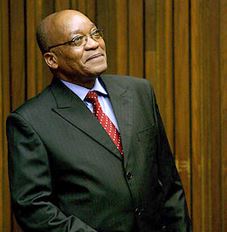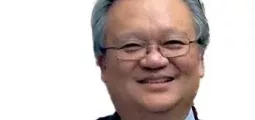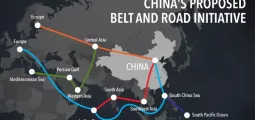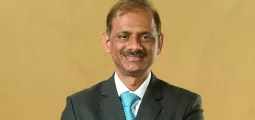The BRICS Leaders’ Summit: Rich Outcomes

Jacob Zuma
President Jacob Zuma hosted the Fifth BRICS Summit in March 2013 in Durban, South Africa under the theme: “BRICS and Africa: Partnership for Development, Integration and Industrialisation.”
Quite a lot was achieved on financing and development, most notably:
The BRICS Leaders agreed to the establishment of a New Development Bank and indicated that the initial capital contribution to the bank should be substantial and sufficient for the bank to be effective in financing infrastructure.
In addition, the Leaders also agreed on the establishment of the Contingent Reserve Arrangement (CRA) with an initial size of US$100 billion. The CRA would help BRICS countries forestall short-term liquidity pressures and further strengthen financial stability. It would also contribute to strengthening the global financial safety net and complement existing international arrangements as an additional line of defence.
Another outcome of the Summit was the establishment of the BRICS Think Tanks Council and the BRICS Business Council.
The BRICS Think Tanks Council will link respective Think Tanks into a network to develop policy options such as the evaluation and future long-term strategy for BRICS.
The BRICS Business Council will bring together business associations from each of the BRICS countries and manage engagement between the business communities on an on-going basis.
These two new BRICS structures that were initiated under the South African chairpersonship, that is, the BRICS Think Tanks and the BRICS Business Council, will strengthen our intra-BRICS cooperation to develop new paradigms for sustainable and inclusive growth models, as well as new learning and knowledge paradigms to deal with our contemporary growth and development challenges.
Two Agreements were concluded under auspices of the BRICS Interbank Cooperation Mechanism:
The BRICS Multilateral Infrastructure Co-Financing Agreement for Africa paves the way for the establishment of co-financing arrangements for infrastructure projects across the African continent.
The BRICS Multilateral Cooperation and Co-Financing Agreement for Sustainable Development sets out to explore the establishment of bilateral agreements aimed at establishing cooperation and co-financing arrangements, specifically around sustainable development and green economy elements.
South Africa assumed the BRICS chairpersonship at the Summit and will be responsible for the implementation of the Action Plan during its tenure.
The BRICS Leaders agreed to review progress made at the next meeting of BRICS Finance Ministers and Central Bank Governors in September 2013.
You may have an interest in also reading…
Specialist Multi-Manager Architas: Responsible Investing Comes First
Architas was launched in the UK in 2008 — and now operates in 13 countries across Europe and Asia, with
Ross Jackson: Eurozone – The End Game
It has become clear to most EU citizens, but not yet to the EU leaders, that neoliberal economics has been
Ernst & Young: Argentina – New Government Measures to Improve and Strengthen Employment
Argentine payroll costs are the highest in Latin America, standing at a maximum of 40%. Social security and health care


























































































